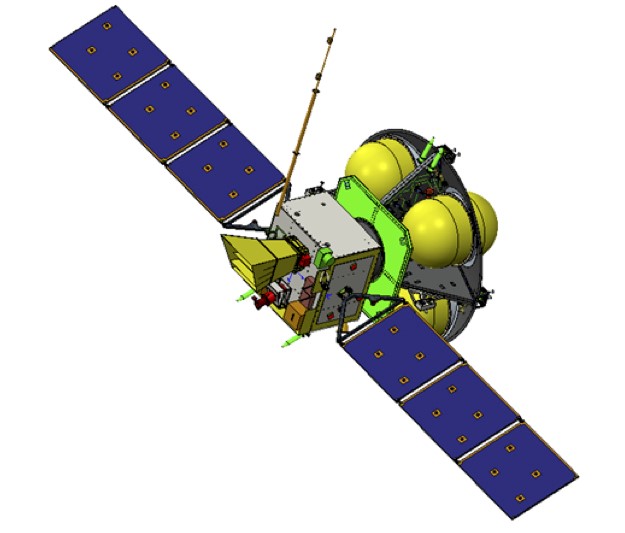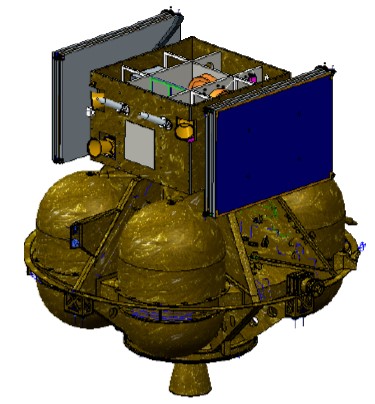Overview
14-10-2018
The Solar wind Magnetosphere Ionosphere Link Explorer (SMILE) is a Chinese Academy of Science (CAS) and European Space Agency (ESA) collaborative science mission designed to study the interaction between the solar wind and Earth's magnetosphere, and the geospace dynamics that result, comprising a fundamental aspect of heliophysics. Primary goals are investigating the dynamic response of the Earth’s magnetosphere to the solar wind impact via simultaneous in situ solar wind/magnetosheath plasma and magnetic field measurements, X-Ray images of the magnetosheath and magnetic cusps, and UV images of global auroral distributions. Imaging of the magnetosphere and auroras for more than 40 hours continuously from a highly elliptical northern orbit.
Mission Profile
Baseline orbit: perigee~5000km, apogee~19 Earth radii, inclination ~73°
Launch: 2025
Launcher: Vega-C
Nominal mission duration: 3 years
The SMILE mission carries a suite of state-of-the-art scientific instruments enabling novel investigations.
Key payloads are:
Soft X-ray Imager (SXI): map the Earth's magnetopause, magnetosheath and magnetospheric cusps;
Ultraviolet Imager (UVI): image Earth's northern auroral regions.
Light Ion Analyser (LIA): In-situ monitoring of the solar wind and magnetosheath plasma.
MAGnetometer (MAG): In-situ monitoring of the interplanetary and magnetosheath magnetic field.
The SMILE international consortium includes CAS, ESA, as well as major institutions in several European countries, Canada and USA partners.

Figure1.:SMILE spacecraft 3D model during the phase 0 study.

Figure2: The SMILE platform (PF) in launch configuration.
Related Links:Progress of Solar wind Magnetosphere Ionosphere Link Explorer(SMILE) Mission



